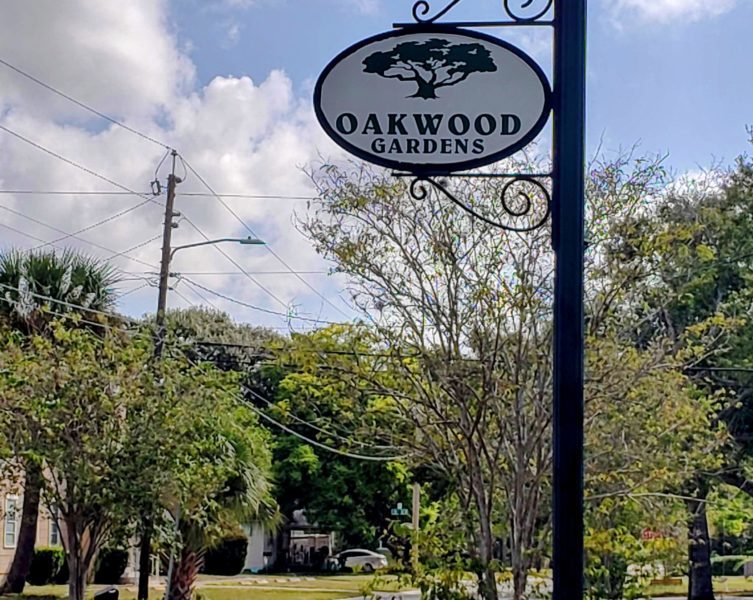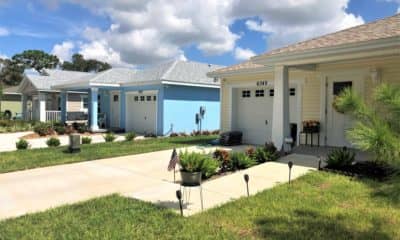Thrive
DRC supports increased density for housing

The city is moving one step closer to allowing the development of quadruplexes on certain lots as part of an effort to combat St. Petersburg’s housing needs by increasing density.
This week, the St. Petersburg Development Review Commission approved an application for Neighborhood Suburban Multi-family (NSM-1), Corridor Residential Traditional (CRT-1), Corridor Commercial Traditional and Corridor Commercial Suburban to allow a missing middle housing density bonus for lots abutting a major street. The vote this week is one step needed in the entire approval process, as city council will hold public hearings and review the amendment.

Timeline of the approval process and related amendments. City of St. Petersburg documents.
The city has already initiated Neighborhood Traditional Mixed Residential (NTM-1) zoning for parcels with alleys within 175 feet of future major streets and high-frequency transit routes – including around SunRunner bus rapid transit stations.
“We’ve had a lot of large apartments and multifamily buildings, and I like the idea of enabling opportunities for small infill that’s appropriate for the scale of a neighbored – allowing a range of people, whether it is contractors or local developers, to help solve our housing needs for the city,” DRC member Tim Clemmons said.
Several speakers voiced concerns about how the change could open the floodgates for developers to swoop in and develop an entire block into stacked side-by-side dwelling units, resulting in more vehicular traffic and jeopardizing the character of neighborhoods.
“I haven’t been able to discover anything that prevents that from happening. It’s important to put restrictions on a block so it’s not completely developed, which essentially is an apartment building at that point. I recommend you look at what the infrastructure can bear,” resident Sally Hughes said during the public speaking segment.

The qualifying NTM-1 parcels. City of St. Petersburg documents.
Jillian Bandes, project manager at Dunedin-based Bandes Construction and president of St. Pete housing advocacy group YIMBY, shared a different viewpoint. Clemmons, a principal at Place Architecture, also said it’s very unlikely that national developers would be interested in buying and redeveloping an entire neighborhood block.
“This proposal is a very modest change to existing standards in neighborhoods that have been historically zones for multifamily for decades. In the 1960s, St. Petersburg outlawed this diverse kind of zoning that I believe was racial and prejudice. We are now proposing to return to that kind of zoning,” she said, noting how home prices are exploding. “We are trying to make a small dent in what has been a true crisis for many years.”
RELATED: Rezoning could drastically increase density in St. Pete
The city, Bandes said, has a choice to make – redevelop an old home to a singular home as it has exceeded its life, which was common,, or redevelop an old home to a quadruplex, which was what NTM-1 allows.
“I would argue a quadruplex is a small incremental change that will virtually have no impact on the character of the neighborhoods,” she said. “The fear that outside developers would come in and scoop up city blocks is just unreasonable.”
She explained it’s more financially feasible for local developers.
Mack Feldman with Feldman Equities and a board member of YIMBY, also spoke in favor of the amendment.
During the meeting, he said this will not harm a neighborhood’s character, as it will require parking to be behind the house, entrances that do not appear like multifamily buildings, and minimum lot sizes, which would prohibit entire blocks being developed at once, among other restrictions.
“It’s exciting to finally see progress on some modest missing middle housing reforms. This change affects around 3,000 parcels, which represents only a fraction of St. Pete’s housing needs. We’re looking forward to expanding NTM-1 to legalize neighborhood-scale attainable housing across the city,” Feldman said in a written statement.







